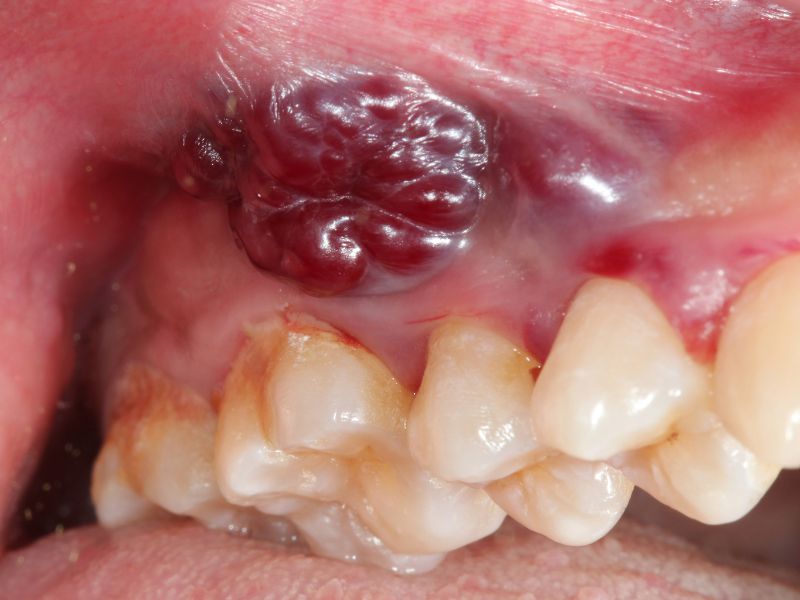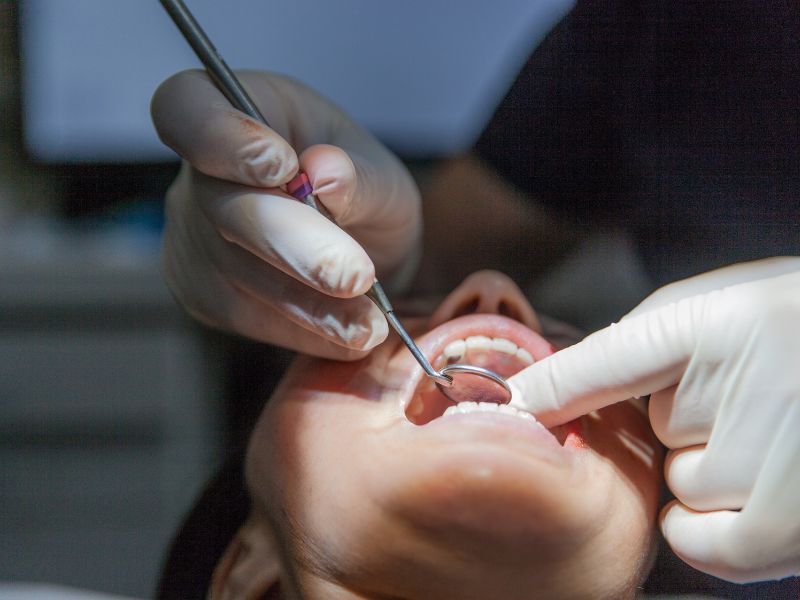Early Detection Saves Lives
Oral Cancer Rates Are Rising
Oral cancer is a growing health concern, affecting thousands of people each year. According to the American Cancer Society, an estimated 58,450 people in the U.S. were diagnosed with oral or oropharyngeal cancer in 2024. Despite medical advancements, the five-year survival rate remains around 68%, largely because many cases are detected in later stages. Regular screenings can help identify cancer early when treatment is most effective.
Who Is at Risk for Oral Cancer?
While anyone can develop oral cancer, certain factors increase the risk. The Centers for Disease Control and Prevention (CDC) lists tobacco and alcohol use as major contributors, with smokers being six times more likely to develop oral cancer. Human papillomavirus (HPV) is another significant risk factor, particularly for oropharyngeal cancers. Sun exposure can also increase the risk of lip cancer, and a poor diet lacking in fruits and vegetables may further elevate susceptibility.

Symptoms That Shouldn’t Be Ignored
Many early signs of oral cancer can be mistaken for minor issues, leading to delayed diagnosis. Symptoms to watch for include:
- Persistent sores or ulcers in the mouth that don’t heal
- White or red patches on the gums, tongue, or inner cheeks
- A lump or thickening in the cheek or neck
- Difficulty chewing, swallowing, or speaking
- Persistent hoarseness or sore throat
- Numbness in the mouth or lips
If any of these symptoms last more than two weeks, a dental visit is essential.
How Dentists Perform Oral Cancer Screenings
During a routine dental check-up, many dentists incorporate an oral cancer screening. The process is quick and painless, often taking just a few minutes. The exam typically includes:
- Visual Inspection – Checking for abnormal sores, patches, or lumps in the mouth and throat
- Physical Examination – Feeling for unusual masses or firmness in the jaw, neck, and throat
- Special Screening Tools – Some dentists use special dyes or lights to highlight abnormal tissue
These simple steps can help detect cancer early, improving the changes of successful treatment.
Why Early Detection Matters
Like many cancers, oral cancer has a much better prognosis when caught early. The American Dental Association (ADA) emphasizes that early-stage oral cancers have a significantly higher survival rate-around 84% when detected before spreading. Late-stage diagnoses, however, see survival rates drop below 40%. Early detection can also reduce the need for aggressive treatments like extensive surgery or radiation therapy.

How Often Should You Get Screened?
The ADA recommends that adults receive the oral cancer screening at least once a year as part of their routine dental exams. However, individuals with higher risk factors, such as tobacco users or those with a history of HPV, may need more frequent screenings. Regular dental visits not only help with oral hygiene but can also be lifesaving.
Ways to Reduce Your Risk
While screenings are crucial, prevention plays a significant role in reducing oral cancer risk. The American Dental Association and the CDC’s Oral Health Resources recommend:
- Avoid Tobacco and Limit Alcohol – These are the leading causes of oral cancer
- Get Vaccinated Against HPV – The HPV vaccine can help prevent related cancers
- Use Sunscreen on Your Lips – A lip balm with SPF helps protect against UV exposure
- Eat a Nutrient-Rich Diet – Antioxidant-rich foods like fruits and vegetables may lower cancer risk
- Practice Good Oral Hygiene – Brushing, flossing, and regular dental visits support overall oral health
Schedule Your Next Dental Exam
Oral cancer screenings are simple, quick, and could save your life. By prioritizing regular dental check-ups, you’re taking a proactive step in protecting your health. Contact us today to schedule an appointment and take steps to protect yourself from oral cancer.
